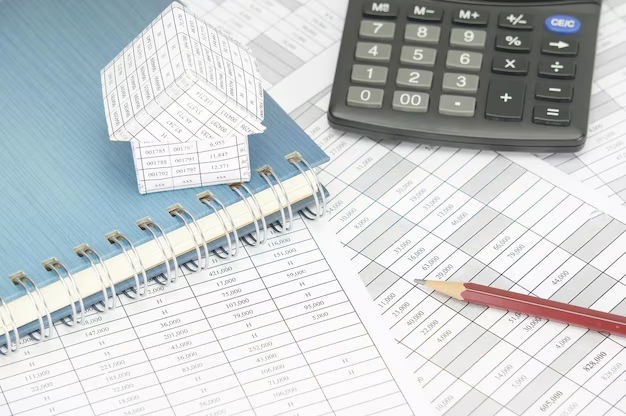What Factors Influence the Cost of a New Roof?
Replacing a roof is one of the most significant home improvement projects and can be as daunting as it is essential. While the need for a new roof is apparent when you see leaks during a rainstorm or missing shingles that flapped away in a heavy wind, estimating the price can be tricky. Prices vary significantly based on multiple factors, each contributing to the overall cost.
Key Factors Affecting Roof Costs
1. Roof Size and Pitch:
The larger the roof, the more materials you'll need, which increases costs. The pitch or steepness of the roof also plays a crucial role. Steeper roofs complicate installation, adding more labor hours to the bill.
2. Materials Selected:
The choice of roofing material dramatically impacts the price. Asphalt shingles are popular and affordable, often ranging from $100 to $400 per square (100 square feet). Metal, slate, and tile roofs, although providing exceptional longevity and aesthetics, can boost costs significantly, potentially reaching $1,200 or more per square.
3. Labor Costs:
Labor makes up a significant portion of roofing expenses. In regions with a higher cost of living, this can be as high as 60% of the total cost. Thus, obtaining multiple estimates from professional contractors is crucial.
4. Roof Accessibility:
If your roof is difficult to access due to landscaping, outbuildings, or other obstructions, it could take longer to tear off the old roofing material and install the new one, increasing labor charges.
Financial Assistance and Cost-Saving Resources
Government Aid Programs: Federal and local government programs offer financial assistance to reduce the burden of high roof costs. The Weatherization Assistance Program can help lower-income families with energy efficiency upgrades, including roof improvements.
Homeowners Insurance: Your homeowners insurance may cover the replacement cost if your roof's damage resulted from a covered peril, such as fire or storm damage.
Home Equity Loans: Leveraging a home equity loan might be a cost-effective solution if you're considering a larger expenditure or multiple renovations. This approach is usually accompanied by lower interest rates when compared to personal loans.
Explore Affordable Roofing Solutions
**1. Roofing Grants:
Seek out local grants for home improvements. Some municipalities or utility companies offer incentives for energy-efficient upgrades, such as reflective roofs that also cool your home.
**2. DIY Repairs:
For minor damages, consider DIY repairs if you're comfortable and experienced with home maintenance tasks. Patching small leaks or replacing a few shingles can dramatically cut costs.
**3. Discount Suppliers:
Contact local suppliers for discounts on surplus materials. You might find high-quality materials at reduced prices when other projects overorder.
Enhance Your Home with Financial Support
As costly as a new roof might be, exploring financial assistance programs and shopping around for the best deals can significantly decrease the strain on your budget. Consider blend options, like insurance and grants, to tap into various resources, thereby reducing the out-of-pocket expense while ensuring that your home remains secure and well-protected.
Relevant Financial Support Options
- 💸 Weatherization Assistance Program: Helps with energy-efficient upgrades, including roofing.
- 🏡 Eco-friendly Grants: Offers incentives for installing environmentally friendly roofing materials.
- 💳 Home Equity Lines of Credit (HELOC): Offers flexibility with interest-only payment options.
- 🏦 Credit Card Solutions: Low-interest credit cards can be a fallback for smaller immediate repairs.
Embarking on such a vital project as roof replacement demands thorough research and strategic planning. With a mix of informed choices and financial resources, you can transform what seems like an overwhelming task into a feasible upgrade for your home's longevity and safety.
